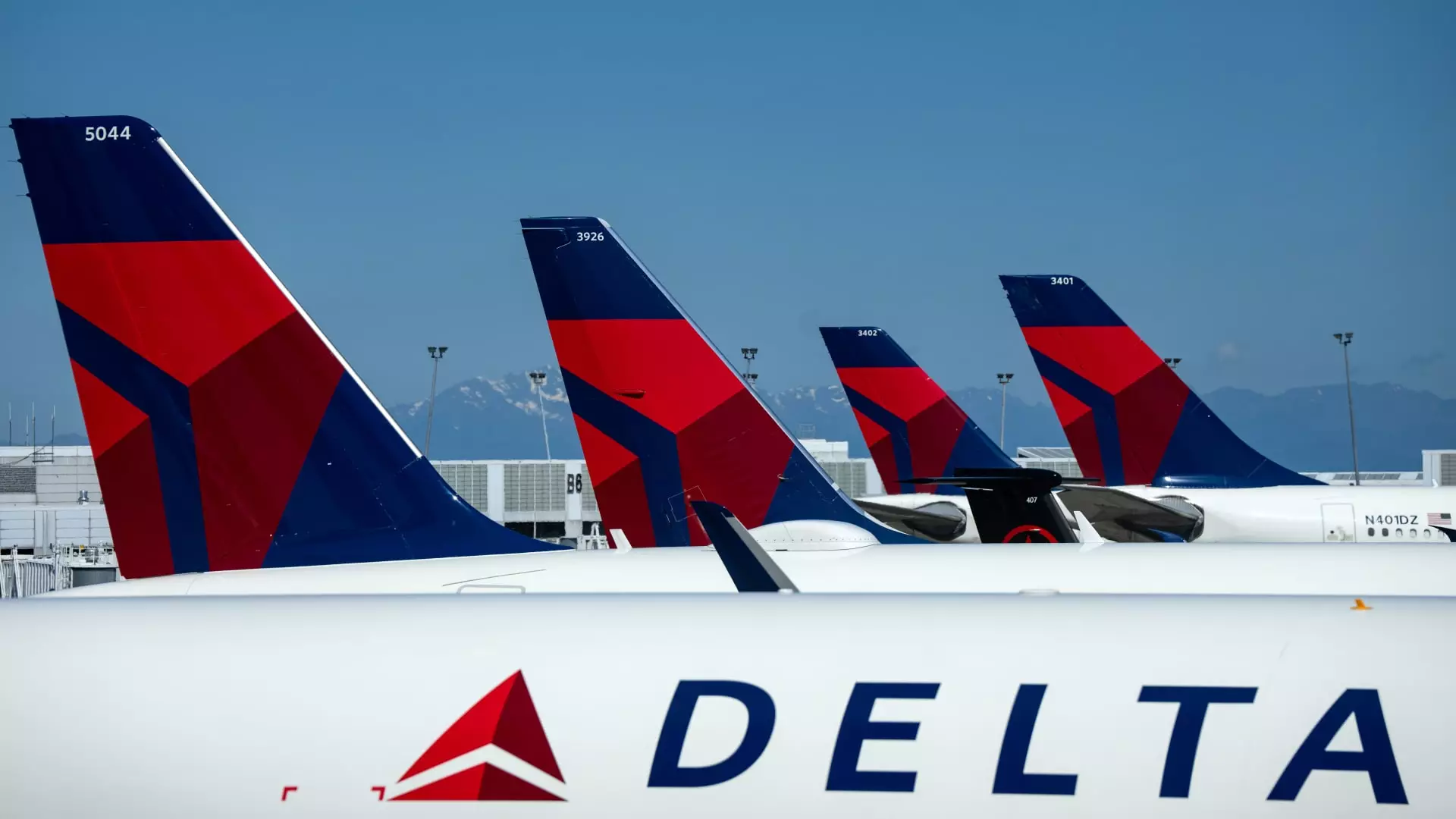The airline industry is experiencing a significant shift in its financial outlook as airlines report improved unit revenues during the late summer months. Customers, therefore, should prepare for higher fares and fees as airlines adapt to changing market conditions. This article will dive deeper into this trend, examining what it means for consumers, the challenges airlines face, and how they might capitalize on this newfound pricing power.
Several airlines are adjusting their profit forecasts and projecting stronger revenue in the upcoming months. Notably, Alaska Airlines has upgraded its predictions for the third quarter’s earnings per share to between $2.15 and $2.25, a significant increase from the previous estimate of $1.60. This optimistic outlook is not solely due to increased traveler numbers but is also tied to unexpected unit revenue growth, predicted to rise by as much as 2% after previous expectations of stability.
Meanwhile, Delta Air Lines reported an increase in unit revenue for both domestic and trans-Atlantic routes. However, they have tempered their forecast for unit sales due to the repercussions of a recent operational disruption, which impacted their flight schedule significantly. In July, Delta’s operations were severely affected by a technology failure, leading to the cancellation of thousands of flights. This incident not only disrupted their service but also placed constraints on their revenue growth — the airline initially anticipated a more substantial rise in unit sales but now projects modest single-digit gains.
The broader aviation landscape has changed dramatically as consumer demand for air travel remains robust, even in the face of rising unit costs. The U.S. inflation report for August indicated a rebound in airfare prices, which climbed 3.9% after months of decline. Not all airlines are equally benefiting from this recovery, however. Frontier Airlines, for example, has tempered its loss predictions significantly due to a strategic adjustment in capacity. This tactical approach underscores the airlines’ attempts to recalibrate in an evolving market while managing costs.
JetBlue Airways has also revised its expectations for unit revenue, crediting a surge in travel demand and the redirection of customers impacted by cancellations from its competitors. The ripple effects of technology-related outages have inadvertently rewarded certain airlines with a larger customer base, further complicating the dynamics of price setting.
As airlines adjust their strategies to attract high-spending travelers, they are increasingly focused on enhancing customer experience. Carriers like United Airlines are actively working on improving their service offerings, from inflight meals to enhanced loyalty programs. The race to differentiate products is more intense than ever, as airlines recognize the need to distinguish themselves in a crowded marketplace.
United’s Chief Financial Officer recently highlighted the importance of competitive advantage through premium offerings. Suggestions included improvements in inflight dining and the expansion of premium seating arrangements in the ever-growing international business class segment. This commitment to enhancing customer offerings could not only improve revenue per passenger but also solidify brand loyalty in an era of fluctuating airfares.
Despite buoyant revenue projections, many U.S. airlines have hit the brakes on hiring due to late aircraft deliveries from major manufacturers like Boeing and Airbus. Following an aggressive recruitment drive in recent years aimed at expanding their fleets and accommodating rising traveler numbers, airlines are now recalibrating their operational strategies. This pause in hiring indicates the industry’s cautious approach toward loss management and operational stability.
Moreover, the recent fluctuations in travel demand will likely necessitate a careful assessment of growth plans as airlines seek to optimize their capacity while maintaining service quality. Maintaining a balanced approach with both operational efficiency and responsive customer service will be critical in navigating this evolving marketplace.
As U.S. airlines map out their recovery from unprecedented disruptions and navigate rising unit revenues, it is clear that both challenges and opportunities lie ahead. The return to profitability fueled by enhanced pricing power poses a mix of uncertainty for consumers facing higher fares. Nevertheless, the focus on improving customer experiences and adapting to market demands suggests that airlines may find sustainable avenues for growth, setting the stage for an evolving competitive landscape in the months to come. For customers, understanding this dynamic environment is essential to making informed travel choices that consider both premium offerings and pricing adjustments in the airline market.


Leave a Reply